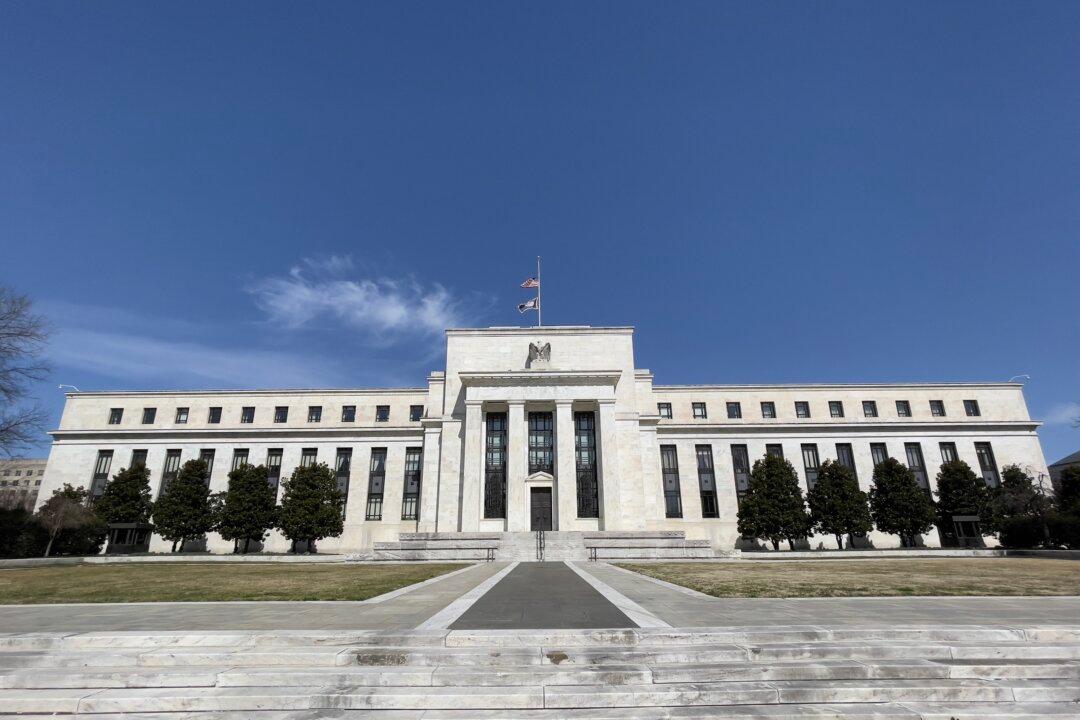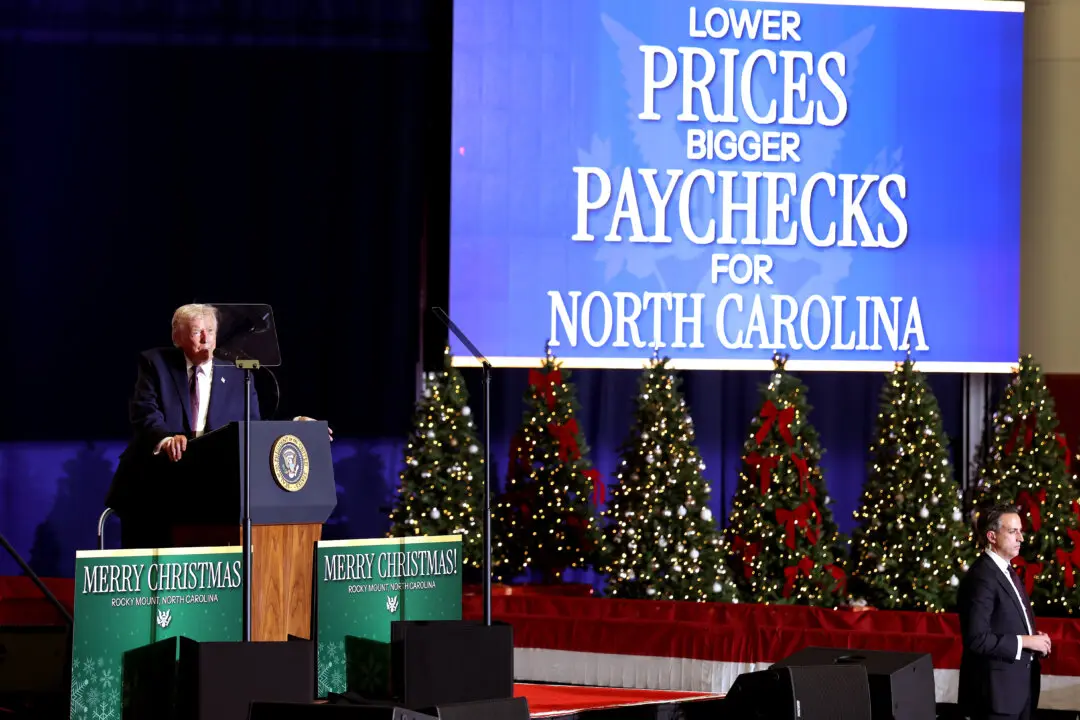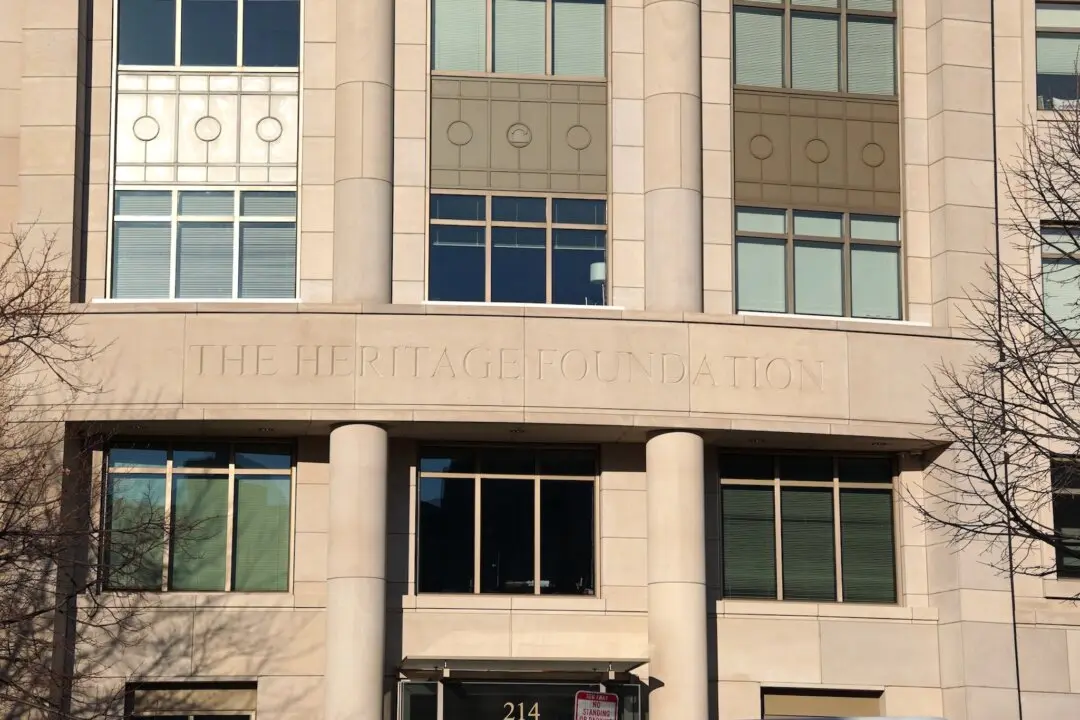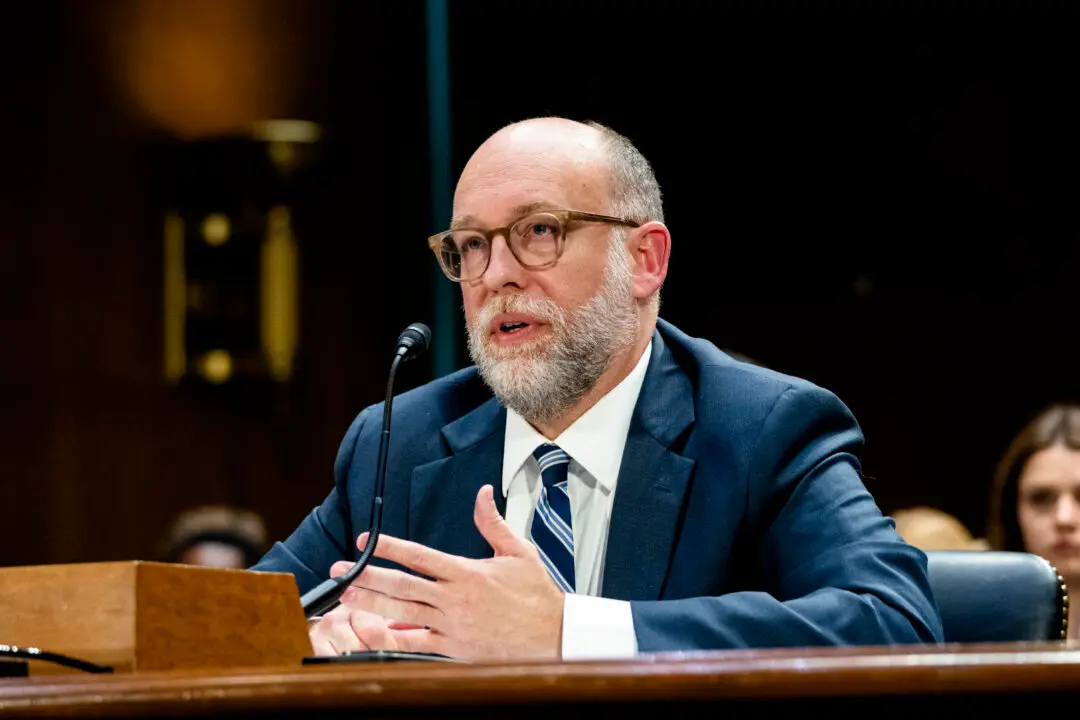WASHINGTON—The Federal Reserve announced on Sept. 22 that it would keep U.S. interest rates near zero as “risks to the economic outlook remain.” The central bank signaled that it could slow its monthly bond purchases “soon” as a first step toward normalizing monetary policy.
Fed officials also revised up their inflation projections significantly for this year and downgraded their growth forecasts to reflect the economic impact of the Delta variant of COVID-19.





